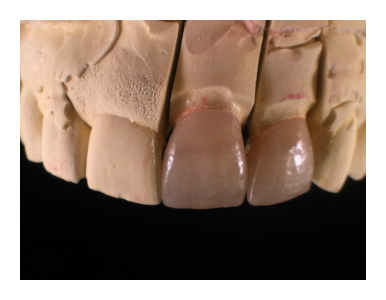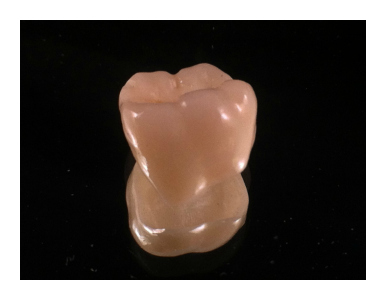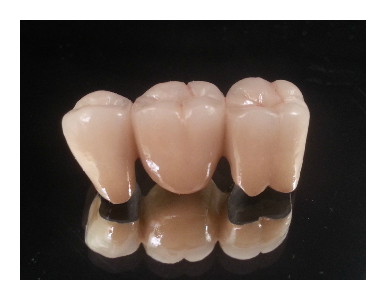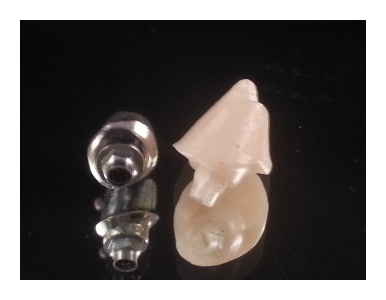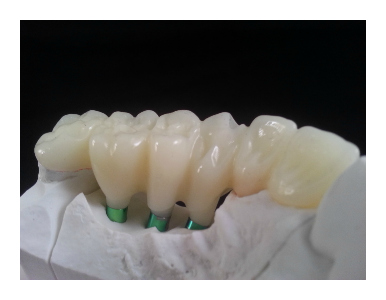PRODUCT OVERVIEW
Layered IPS e.max® provides outstanding ability to match single centrals and other anterior cases. With the ability to cut back IPS e.max® and layer it with porcelain allows us to create any custom shades asked for.
Noritake Katana is a multi-layered zirconia crown, bridge, screw-retained implant crown, inlay or onlay with no porcelain overlay. Zirconia restorations exhibit accurate translucency and color similar to natural dentition, making them a restorative option in the anterior as well
Porcelain fused to metal restorations are indicated for crowns and full-arch bridges with any metal or porcelain margin design. PFMs are also ideal for crowns & bridges used in conjunction with screw-retained implants, attachments and partial dentures.
Our Custom Abutments offer three customized implant abutments. Custom Implant Abutments are available in Titanium, Zirconia with Titanium Base and All-Zirconia to fit your patients’ individual needs. Titanium abutments are commonly used in all regions of the mouth due to their strength. Zirconia abutments provide the best possible esthetics and are commonly used in the anterior with all-ceramic or zirconia restorations.
With PMMA Provisionals, you can provide your patients with a beautiful smile as soon as you prepare their teeth. These splinted crowns and full-arch bridges restore lost vertical dimension and promote contoured healing for ovate pontics or anterior extractions
Gold is the most biocompatible non-toxic metal used in dentistry today. It is non-corrosive and hypo-allergenic. Gold margins do not break or chip even when thinned and polished. Gold’s wear rates and coefficient of thermal expansion is very similar to enamel, and thus achieves a better natural fit. In many cases less tooth structure is removed when preparing teeth for gold, which leaves the tooth stronger and healthier.
These Night Guards are made from a clear PMMA material and are perfect for night guards for your patients.
Diagnostic Wax-Ups are a valuable tool for any smile makeover because they give the patient an accurate preview of how his or her finished case will look. With this technique, the lab removes the desired amount of tooth structure from the preoperative model and the restoration is waxed onto the patient's actual prepped teeth. This method accurately shows the patient, dentist and lab technician what is realistically attainable for the patient.

